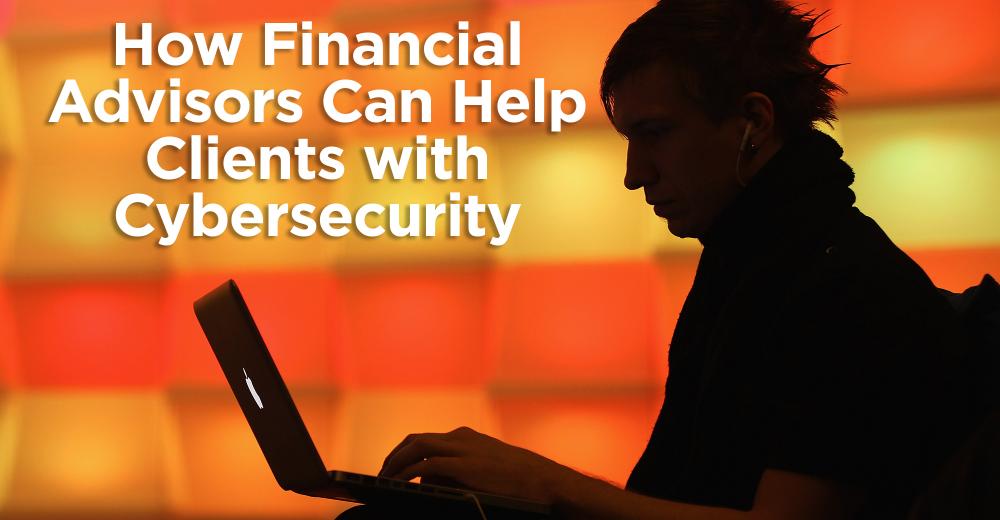1 13
1 13
They’re a target and you’re not being a fear monger because you are going to help them better protect themselves online. Most people don’t realize how vulnerable they really are, i.e. Jeff Bezos.
I include myself in this category (I’m in the process of upgrading), but most passwords are child’s play for anyone with good computer skills. If you doubt this, ask someone who’s computer savvy to try to figure out your password. The basic rule of thumb is that eight characters isn’t enough.
You probably know or have heard of someone who’s had their credit card information stolen while the card was in their possession. This theft is done electronically. There are a number of companies that have developed travel bags, wallets and credit card holders with RFID (Radio Frequency Identification) protection – which protects that little chip on your card which houses your card number and expiration date from electronic theft. A timely and inexpensive “surprise & delight” is an RFID protected credit card sleeve, I purchased mine from ID Stronghold.
These scams have become commonplace because people are so gullible. As their financial advisor you want teach them the basics; give examples of attempts to pose as a reputable source, i.e. major bank, IRS, etc., and make certain they understand to never open an email attachment from an unknown or questionable sender.
This is basic rule of thumb. A simple walk through of your devices is all that’s required. People tend to skip this step because, well, it’s a step. Emphasize the importance.
This should be standard operating procedure; never click on an email that is questionable and never open an email attachment from an unknown sender.
Malware can spread through infected flash drives, external hard drives and even smart phones. Making clients aware of this will usually suffice.
The more your client browses, the more they put their personal information at risk. Help your clients create guidelines for Google searches; only reputable companies, organizations, etc.
Yes, we’ve got the cloud, but many clients are wanting hard copies, especially of their financial records. In fact, we’ve had an increased demand for our Financial Organizer (a 3-ring document binder). People don’t trust having all their important information stored only online.
This goes hand-to-glove with “safe clicking” and “beware of browsing” – the idea is to be very careful with whom you share your information; remember Equifax and Marriott were both hacked.
Google voice offers a second phone number that you can use when asked for a cell number, which you can set up to be forwarded to your actual cell phone. Hackers have found flaws in two-factor identification (2FA) that allow them to break into your phone.
Personal vigilance is the key. As their financial advisor, help create a process for systematically reviewing all accounts, and helping them to know what to look for.

